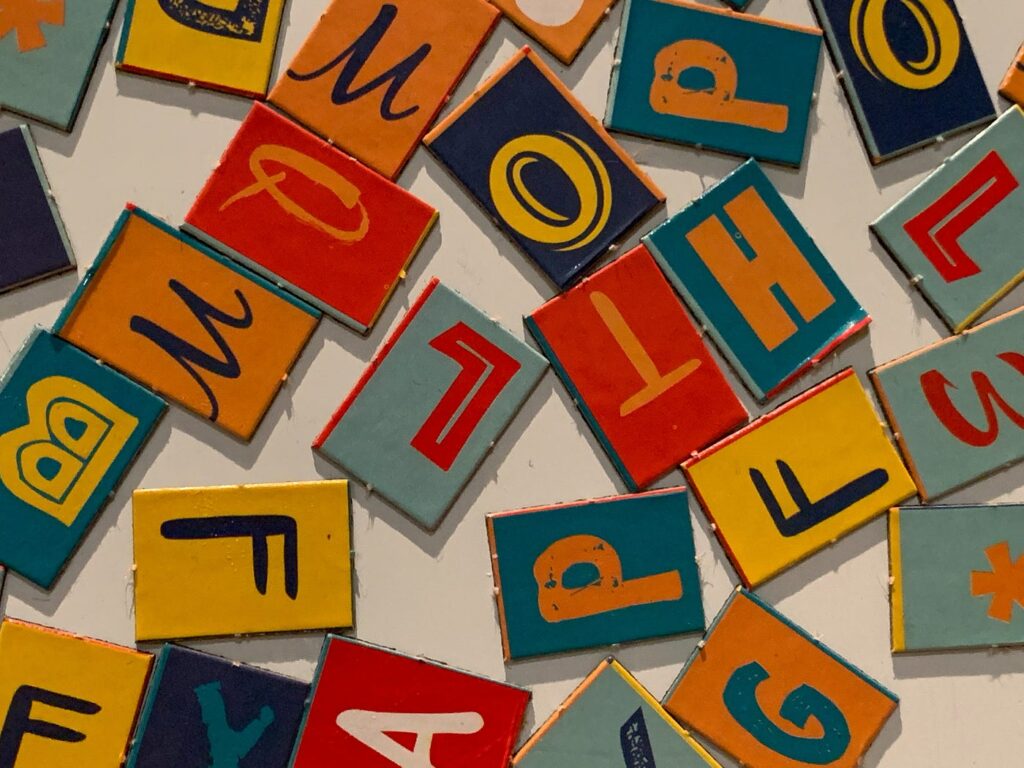Friends, writing on Medium (and getting photos from Unsplash) taught me that I’ve been doing it all wrong.
Back in 2021 […pause here while I yet again grapple with the fact that it’s not still 2020, and that 2021 was in the past], I decided to update my home office environment. I replaced my desk, which had been a beat up kitchen table that I bought used from a coworker ten years ago. I got a handsome sit/stand desk — rubberwood top, nice big work surface, electronic height adjustment. Sweet.
But now here I am, adding photos to my Medium articles, and I start to see a theme emerge as I search. Consider this:

And this:
And this (I like the dual beverage situation here):
And so many, many more like it.
What have we learned here
Here are the things you should have on your desk: a laptop, a beverage, your mobile device, a plant. Optional: a monitor, a lamp, a wireless mouse, and ONE additional decorative item (candle, books, second plant).
That’s it.
If necessary, you can swap out the beverage or the mobile device for one more item (like audio equipment), or just omit them:

But in general: laptop, drink, device, greenery.
No wonder I haven’t achieved the minimalist state of bliss yet.
What I’m doing right(-ish)
At the moment, I do in fact have a laptop, a beverage, and my phone on my desk. I have the monitor — bonus points, perhaps, for having it on an arm so it floats above the desk? I have a wireless mouse, albeit a clunky ergonomic mouse, not a sleek Mac mouse.
I have several plants… on a shelf nearby. Does that count? I have the lamp. And I do actually have a candle.
Already I’m in trouble, though. First of all, I have two laptops, one on top of the other, both of which are on a laptop stand. I also have two beverages — a travel mug with no lid for coffee, and an unsightly Nalgene bottle (how last decade of me!) for water. There’s a coaster, which I’m not using under my coffee, because today I have hot coffee, not iced. A mouse pad rests under my mouse. A glass plate under the candle protects the desk.
I’ve got a camera positioned on top of the monitor. Putting things on the monitor seems like cheating, like violating the spirit of the law, if not the letter. I don’t think the monitor is supposed to have little notes taped to it either, like the reminders to myself to “enable captioning” on meetings and to “GO OUTSIDE” already.
And there are… drum roll please… WIRES. Oh no, not that. 🙄 I have a docking station to serve up the monitor/camera/power combination, and there are wires for those items, as well as the lamp. My device charger is currently charging one of the two sets of AirPods on my desk, and a set of wired earbuds hangs out nearby as a backup.
Uh oh, that’s [counting on my fingers here… second laptop, stand, Nalgene, coaster, mouse pad, plate, docking station, wires, phone charger, two pairs of AirPods, wired earbuds] twelve things already and I haven’t even strayed from the original list yet.
Okay. At the moment, I also have…
Writing, the old fashioned way
13. Paper, with notes scrawled on it. My notebook was out of reach and I needed to jot some stuff down. It’s actual three-ring-binder style notebook paper, which I haven’t bought in like 20 years so it’s old. I don’t know why I still have it.
14. Said notebook, now in reach.
15. Five metal tins full of pens, pencils, and markers. I’m an artist. I’m going to count all five as one item, on the premise that if I weren’t an artist, I’d only have one.
16. My journal.
17. Post-It notes.
I suppose if I weren’t working with paper, I wouldn’t need these items either:
18. A stapler
19. A scotch tape dispenser
20. A lone paperclip
21. White out. Do I need to explain what that is? Like a tiny bottle of white paint you can use to cover up errors you’ve made with a pen.
23. A kneaded eraser, which honestly I only have for art purposes, and which even more honestly I use more as a fidget toy than an eraser.
So, should I stop this foolish “writing” nonsense and just type everything into a Google Doc or a flat text file or something? Not going to happen, I’m afraid. Even though I own…
23. …a really weird ergonomic keyboard. The Kinesis 2 puts my wrists, my arms, my shoulders, my back in a neutral position. I figure that it’s cheaper than surgery.
Side note: Did that contraption take a while to get used to? You bet it did. I kept hitting the Enter key when I meant to hit the space bar, so I had
leaf 8:08
a
leaf 8:08
lot
leaf 8:08
of
leaf 8:08
slack
leaf 8:08
conversations
…that looked like the above, where I sent some poor colleague one word at a time for several seconds before I noticed what was happening. Also, I kept typing Z when I meant X, which doesn’t sound so bad — except that my project was called “Apex,” so I was typing that wrong all the time.
Self-maintenance
The modern developer clearly functions on beverage alone. I haven’t transcended physical needs yet, so I have:
24. A box of tissues
25 & 26. Two bottles of hand lotion (one scented, one not)
27. Hand sanitizer… okay, I don’t know why I have this on my desk
28 & 29. A spray bottle of eyeglasses cleaner and a cloth
30. A bowl and spoon left over from breakfast
With the exception of the hand sanitizer, though, I would not be surprised to find any of the above 28 items on a typical desk. Maybe the keyboard and mouse would be a little less ergonomic, but they all seem like normal stuff.
And then there’s this…
How about:
32. A skunk
Specifically, a Folkmanis mini skunk finger puppet. She is my “emotional support skunk.” I highly recommend having a soft, hand-sized plush creature to keep you company. She’s usually just out of sight when I’m on a stressful Zoom call.
Or how about:
33. A packet of Click and Grow plant pods (one basil, two marjoram)
I mentioned having plants nearby — that’s the Click and Grow, sitting on a shelving unit next to my desk. I put in new pods a few weeks ago, combined the leftovers from two packets into one, put the packet on my desk… and immediately forgot about it.
You see, the laptop(s) and stand have a sizeable unused space behind them. I don’t see it most of the time, because the laptop blocks the view. It wasn’t until I started writing this article that I actually noticed the abandoned packet of pods.
I could move it to join the other packets, but I think instead I’ll put the other packets in that otherwise unusable space. It’s right next to the Click and Grow, and if it’s out of my sight most of the time, that seems like a fine place to store stuff.
Wait, do some of the pictures above have things hiding out of sight behind those laptops? What could be behind this, for example:
The beverage, perhaps? Uh oh. Fear that. Don’t put your beverage behind your laptop. You’ll forget it’s there, move your laptop, and spill your coffee everywhere. Granted it will only ruin four other items on your ultra-minimalist desk, but one of those is your laptop. Don’t do it.
You live at home and that’s OK
Listen, I’ve got nothing against minimalism (no pun intended). If you are a real person whose real desk is populated only by your laptop, coffee, mobile, and a plain white pot containing either a succulent or a patch of grass, I applaud your dedication to tidiness and order. Especially if all of it is either parallel, or at 30 degree angles, to the edge of the desk. I see you, shutting off Slack and email and clearing your mind to focus uninterrupted on your Ruby coding. It’s lovely. Keep on keeping on.
For those of us whose desks have more than five things, though, a word of encouragement: no, you’re not doing it wrong. This trend is just the Medium and Unsplash equivalent of the houses you see in magazines: kitchens where the only items on the counter are decorative plus a basket of fruit or baked goods…
…living rooms where everything is white…
…or tidy refrigerators full of fresh fruits and vegetables in matching containers.
The pristine pictures are of a fantasy world. If you’re living that dream, okay. But if your real life desk (or house) doesn’t match this fantasy,
you
have
not
failed.
But do avoid putting your beverage behind your laptop. That advice is for real, y’all.
What’s the state of your desk? Minimalist glory with all four items at right angles and a tiny low-maintenance plant? Chaotic sprawl including last night’s dishes (and not like “a plate and a fork” but like “every item you used to make last night’s lasagna including a 9″x13″ baking pan and a spatula”)?
Most of all, is it working for you? Or is it time for a change?
Originally posted 20 June 2022 on Medium.













